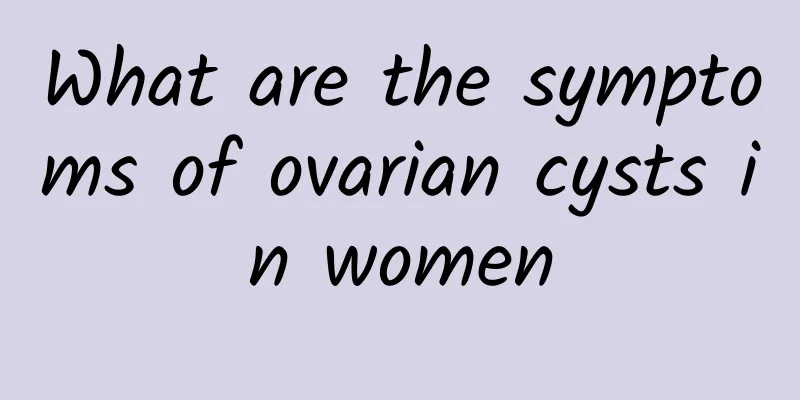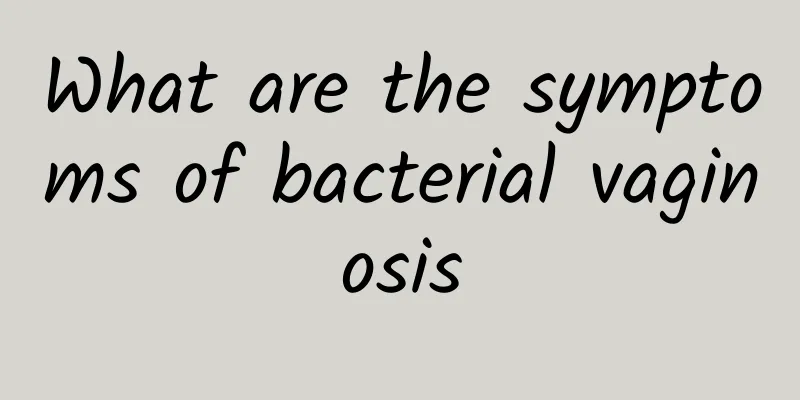Can severe cervicitis be cured with medication?

|
Severe cervicitis can be relieved to a certain extent through drug treatment, but it is often not completely cured and needs to be combined with other therapies such as physical therapy or surgery for comprehensive treatment. Drug treatment usually includes antibiotics, antiviral drugs and local medications. Choosing the right treatment plan based on the specific cause is the key. 1) Analysis of the causes of severe cervicitis Severe cervicitis is often the result of chronic cervicitis that is not treated in time or repeated infections. The main causes include: -Infection: Bacterial (such as streptococcus or staphylococcus) and viral (such as human papillomavirus (HPV)) infections are the main causes. Long-term exposure of the cervix to an environment infected by pathogens may lead to aggravation of chronic inflammation. -Environmental factors: Frequent excessive vaginal cleaning or irregular sexual life may damage the natural barrier of the vagina and increase the risk of cervical infection. - Physiological factors: such as low immunity and changes in hormone levels, which may affect the defense function of the cervix and aggravate inflammation. 2) Applicability and limitations of drug treatment Drug treatment is mainly used to relieve infection and control inflammation. It includes the following options: - Oral antibiotics: For bacterial infections, you can choose amoxicillin, levofloxacin or doxycycline depending on the type of pathogen. -Antiviral drugs: If accompanied by human papillomavirus infection, interferon preparations may be considered, but they must be used in a standardized manner under the guidance of a doctor. - Local medications: Vaginal suppositories (such as metronidazole vaginal tablets, clotrimazole ointment) are more targeted at reducing local inflammation, but they are generally of limited significance for more severe cervicitis. Although drugs are effective in controlling symptoms, in severe cases, the tissue lesions are often deep and it is difficult for drugs to completely eradicate the lesions. 3) Other adjuvant treatments In order to completely eliminate the lesions, physical therapy or surgery is often required: -Physical therapy: Such as laser therapy, cryotherapy or electrothermal therapy can help repair damaged cervical tissue and is suitable for patients who do not respond well to drug treatment. -Surgical treatment: such as cervical conization, which is particularly suitable for patients with severe inflammation or even pathological changes. It can effectively remove necrotic tissue and prevent the occurrence of cervical cancer. -Daily care: It is extremely important to make appropriate lifestyle adjustments during treatment, such as good personal hygiene habits and avoiding contact of irritating chemicals with the cervix. Medication is one of the foundations of treating severe cervicitis, but it is often not the only effective solution. Choosing a comprehensive treatment plan under the guidance of a doctor and doing regular follow-up examinations are necessary steps to deal with the worsening of cervicitis, which helps to improve the effectiveness of treatment and avoid the development of subsequent complications. |
<<: Left Bartholin's gland cyst
>>: What is the prevention of cervical hypertrophy?
Recommend
What are the main causes of dysmenorrhea?
The phenomenon of dysmenorrhea is very common in ...
Vulva does not itch but leucorrhea is abnormal
Abnormal vaginal discharge without vulvar itching...
Drug treatment of amenorrhea and lactation syndrome
Amenorrhea and lactation syndrome brings great pa...
What is the difference between pelvic inflammatory disease and cervicitis?
What is the difference between pelvic inflammator...
What are the precautions for home care of pelvic inflammatory disease?
What are the precautions for home care of pelvic ...
Is second-degree cervical erosion serious? Which treatment method is more effective?
Is second-degree cervical erosion serious? Which ...
Pay more attention to the causes of frequent dysmenorrhea
Dysmenorrhea is also a common phenomenon. The cau...
How long does it take to get menstruation after painless abortion
After a painless abortion, menstruation usually r...
How to treat female cervical erosion with traditional Chinese medicine? Treatment methods of female cervical erosion with traditional Chinese medicine
Cervical erosion is a female disease. When a woma...
What will happen if chronic cervicitis in women is not treated? These hazards of chronic cervicitis in women can be fatal
If chronic cervicitis is not treated, it will bec...
What is the relationship between estrogen secretion and uterine fibroids
Uterine fibroids are a major disease that plagues...
Squats aren’t enough! 3 tips to get the Korean star's peach butt
Korean sexy beauty is in fashion! The Korean girl...
The most common complications of cervicitis
Cervicitis is a very common disease. When women s...
When should abortion pills be taken? What are the dangers of medical abortion?
In life, many women get pregnant unexpectedly due...
Treatment of chronic pelvic inflammatory disease
Pelvic inflammatory disease is a common gynecolog...









